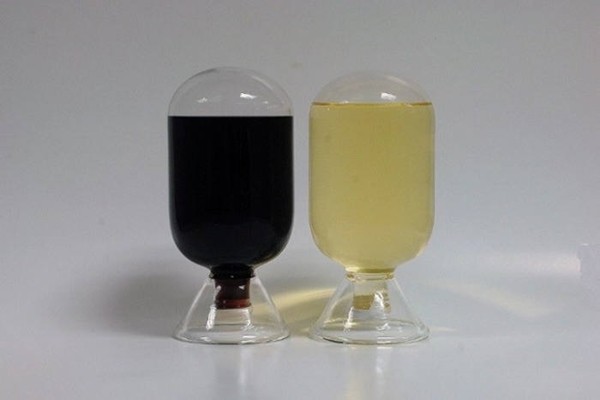Samsung Electronics Semiconductor Business Department is diversifying suppliers of SOH (Spin-On-Hardmask) materials that are used for semiconductor processes and this will heavily impact Samsung SDI that has been monopolizing these materials for Samsung Electronics. Samsung SDI has been monopolizing these materials for the past 10 years and making huge amount of profit.
According to industries on the 26th, Samsung Electronics Semiconductor Business Department recently decided to receive SOH materials from a global semiconductor electronic material manufacturer that recently passed evaluations for production. Its SOH materials will be supplied to Samsung Electronics’ plant in Austin, Texas starting from end of this year. It is estimated that amount of its supplies will start to increase in the future.
Samsung SDI (formerly Cheil Industries) was the first one to localize SOH in early and middle of 2000s. Since then, Samsung Electronics Semiconductor Business Department has been only using SOH materials from Samsung SDI.
However this issue was emerged during an internal audit by Samsung Electronics. Not only are these SOH materials expensive, but Samsung Electronics also came to a conclusion that this monopolistic supply of SOH materials can impact its entire semiconductor businesses if Samsung SDI has difficulties in supplying them due to issues with its production lines.
SK Hynix receives SOH materials from five to six manufacturers. Samsung Electronics started evaluating SOH materials from foreign companies after its internal audit and decided on a SOH manufacturer. (Reference: 18th page of The Electronic Times issued on the 17th of April)

It is heard that executives from Samsung SDI are working to prepare countermeasures as Samsung Electronics is looking to diversify supplies of SOH materials. Although it requested Samsung Electronics Semiconductor Business Department to reconsider its decision, its request was not heard.
It is heard that Samsung SDI makes between $138 million and $184 million (150 billion KRW and 200 billion KRW) just from its SOH business and its operating profit ratio is also high as well. It is likely that Samsung SDI will make about tens of millions of dollars in operating profit this year after making losses in the past 2 years. Reduced SOH performance will likely impact amount of entire company’s operating profits. “It is estimated that annual operating profit for Samsung SDI this year will not surpass $92.1 million (100 billion KRW) and it will be a huge blow if some of its profits that come from individual business is reduced even slightly.” said a representative for a stock firm.
SOH is a hardmask material that prevents refined semiconductor circuit patterns from collapsing. Although it was not used when gaps between patterns were wide in the past, it has recently become a must material and a must process.
Hardmask layers are formed when SOH is placed on top of a silicon wafer through spin coating equipment. Photoresist (PR) is then applied on top of these layers. After exposure process, these layers then go through etching process. Final patterns are then formed after going through ashing process that removes any residues from layers.
If PR is applied thickly and exposed without any hardmask, refined patterns can easily collapse due to high surface area and aspect ratio (AR). However if PR is thinly, desirable patterns can be made as silicon wafer layers are carved during etching process. This is why hardmask layers are added. Because hardmask layers are completely carved off and removed due to etching process after final patterns are formed, they are also called sacrificial layers.
Staff Reporter Han, Juyeop | powerusr@etnews.com